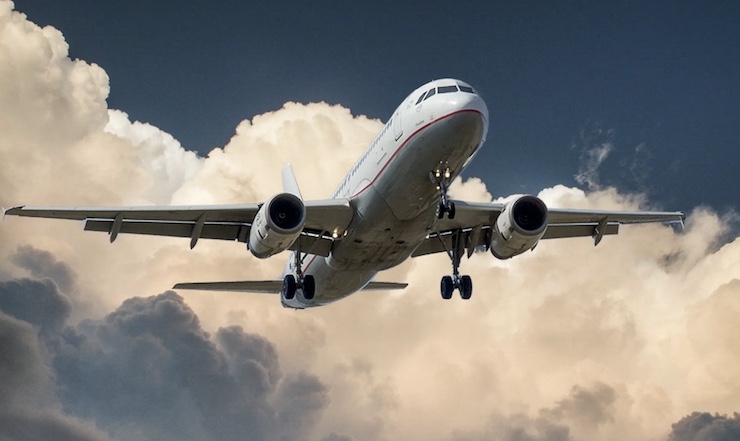
With so many drones filling the nation’s skies, it’s no wonder that the threat of commercial and private aircraft colliding with one has become an issue of concern to federal regulators and pilots alike. A 2017 report commissioned by the Federal Aviation Administration (FAA) sought to compare the likely damage caused by a mid-air collision with a drone to that of a more traditional airborne threat: the bird strike. Drone collisions were likely to be far more damaging, the report concluded, and given the rapid increase in unregulated drone flights, more operational and collision risk mitigation requirements would be needed to protect aircraft and their passengers in the future, the report noted.
In fact, the scope of federal drone regulation remains fairly limited. Commercial drone operators are supposed to be fully certified but there is little to prevent the growing legion of private hobbyists from flying drones freely (other than steering clear of airports). New rules do exist that require drone operators to report drone crashes and accidents within ten days, or risk being fined. However, even these reporting requirements are limited to drones above a certain weight (55 or 100 pounds) in collisions where the property damage exceeds $500.
How many collisions actually fit into this category? No one seems to know for sure. Unless catastrophic death or physical injury occurs, there’s little real incentive to report an incident. In fact, investigations by the FAA or the National Transportation Safety Board, which shares authority for monitoring air accidents, including those involving drones, rarely occur.
Given the void in federal regulation, there is a strong incentive for private companies to equip drones with detect-and-avoid technology to minimize the threat of mid-air collisions with manned aircraft, or for that matter, other drones. Zipline, based in San Francisco, CA, has devised a fairly simple technology that involves the use of sensitive microphones and special software that can detect the motor and propeller noise of rapidly approaching aircraft from a distance to allow time for its drones to make a course correction to avoid a collision.
Each Zipline drone carries eight microphones, each one placed on a metal arm protruding from the vehicle’s 11-foot wing. The sound technology is sophisticated enough to detect noise from aircraft at a distance while filtering out the drone’s own ambient noise. The drone’s machine learning, AI-based software then calculates the direction and speed of approaching aircraft and signals the drone to shift course or merely to circle in place to avert a possible collision.
While Zipline is still awaiting approval for its system, another San Francisco-based company, Iris Automation, has already sold drones equipped with its patented Casia “Beyond Visual Line of Sight” or BVLOS technology to dozens of customers across twelve countries, including the United States, Canada and South Africa. The Casia system relies on cameras to detect possible drone obstacles including not just aircraft and helicopters but also stationary objects such as buildings, power stations and transmission towers.
While the effectiveness of detect-and-avoid drone technology has yet to be formally evaluated in the field, the results thus far are promising. Because many small aircraft are not equipped with transponders, it may fall to drone operators to bear more of the burden for deterring mid-air collisions. Experts say that new regulations requiring all commercial drones to come equipped with detect-and-avoid technology may be one way to ensure that they do.
|